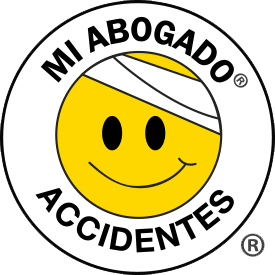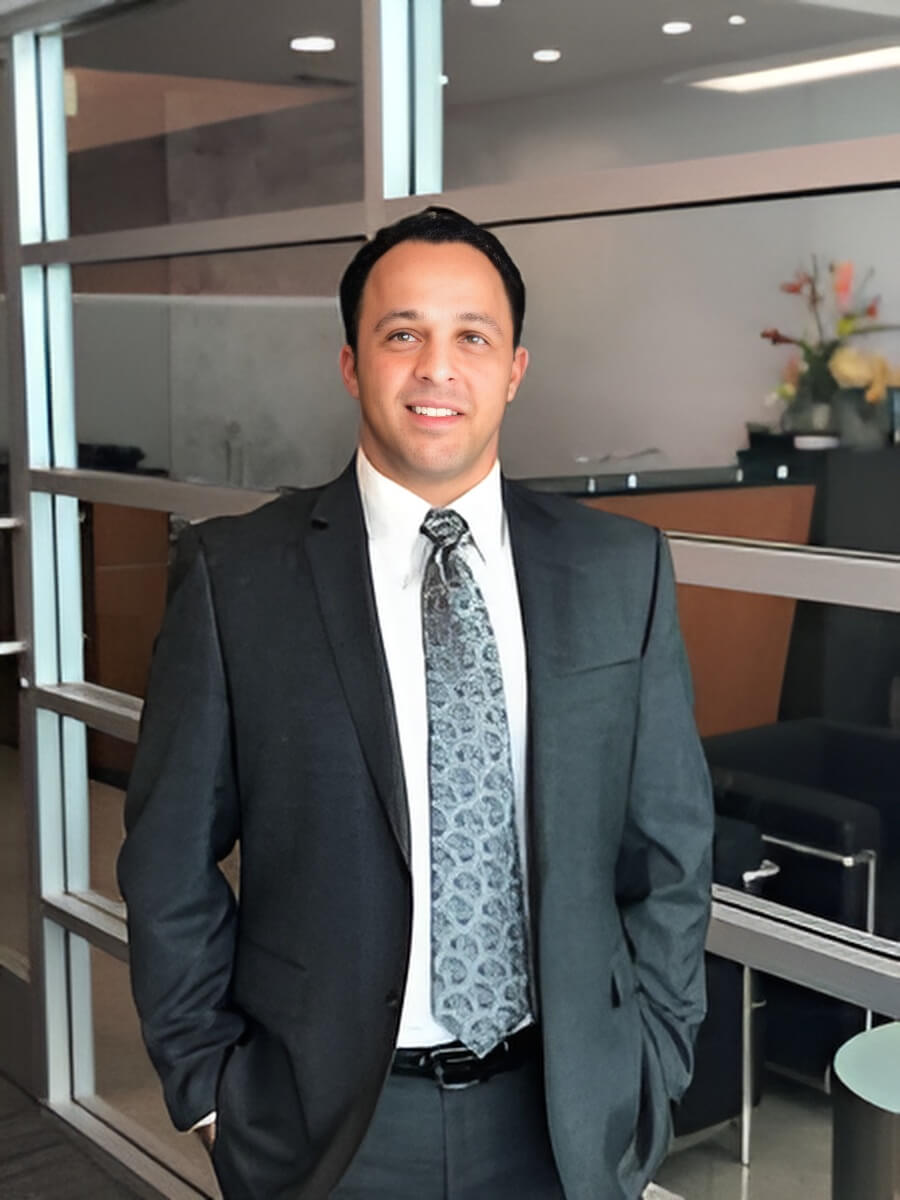Accidents can turn your life into a whirlwind of confusion and uncertainty. It may feel like you’re traversing an unfamiliar landscape amid physical and emotional turmoil. But in this journey towards justice, understanding one central concept can illuminate your path: negligence. Establishing negligence is often at the core of personal injury cases, providing a compass to navigate the legal intricacies.
In the heart of Los Angeles, the terrain of personal injury law may seem particularly complex. But having a reliable Los Angeles personal injury attorney by your side can transform this daunting expedition into a manageable quest. Let’s take a deeper look into the steps required to prove negligence in your personal injury case.
Duty of Care: Unmasking Responsibility
Duty of Care may sound like a complex legal term, but it essentially boils down to the responsibility we all have to keep each other safe. It’s the baseline for any negligence case. Proving this duty exists is the first step. For example, a driver is expected to obey traffic rules. If you’re injured in a car accident, evidence like traffic laws and driver’s licensing requirements can help establish this duty.
Breach of Duty: Spotting the Misstep
Once the Duty of Care is established, it’s time to prove the breach—that the defendant didn’t meet their obligations. Let’s take our car accident scenario; if the other driver was texting while driving, resulting in a collision, their irresponsible behavior can be seen as a breach. Evidence here could include traffic surveillance videos, witness testimonies, or cell phone records.
Causation: Tracing the Impact
After establishing the breach, you must demonstrate causation, showing that the defendant’s action (or lack thereof) directly resulted in your injury. This is where medical records come into play. They can help illustrate the ‘but for’ causation: but for the other driver texting, you wouldn’t have been injured.
However, causation isn’t just about direct cause and effect. It also involves proving that your injuries were a reasonably foreseeable outcome of the defendant’s action—a concept known as proximate causation. For instance, it’s a universally understood fact that distracted driving can result in accidents.
Damages: Measuring the Consequences
Finally, proving damages is about quantifying the toll of the accident on your life. It’s not enough to simply claim you were hurt; you need concrete evidence of the losses incurred—medical bills, lost wages due to time off work, proof of psychological trauma, and more. Documentation is key here; keeping meticulous records can help paint a clear picture of the hardship you’ve endured.
While understanding these elements is crucial, proving negligence is like assembling a complex puzzle where each piece needs meticulous attention. That’s why the guidance of a seasoned professional can be invaluable.
Navigating the maze of a personal injury case doesn’t have to be a solo mission. Contact our Los Angeles personal injury attorney today for a free consult. We can provide the expertise and reassurance you need to piece together your case. Request a free consultation today and ensure your journey towards justice is not walked alone.


